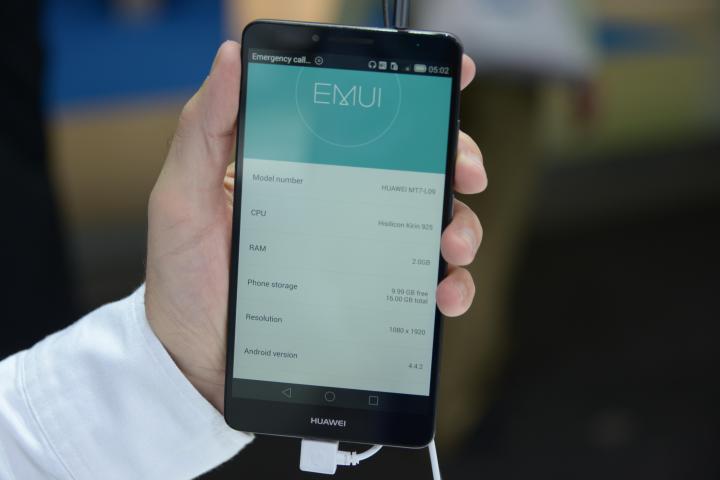
According to GizmoChina, it’s called Kirin, and will give Huawei extra freedom to build software that’s a perfect fit for its hardware (much as Apple does). This isn’t a rebuilt fork of Android — it’s a completely new operating system for mobile devices. While GizmoChina has a decent record for unearthing rumors, don’t take it as confirmed yet.
The move would certainly be interesting considering that Huawei is in line to make the next Google Nexus smartphone. For a U.S. company looking to break into China, and a Chinese manufacturer wanting to expand its operations, it’s a partnership that makes a lot of sense — but Google wouldn’t be too pleased about the arrival of more competition for Android.
Also from GizmoChina this weekend are fresh rumors that say the new Nexus is going to be based on the 5.7-inch Huawei Mate 8. As the phone is still in development, it’s not clear exactly what that would look like, but the Ascend Mate 7 offers some clues. Google pulled off the same trick with the Nexus 6, which was essentially a modified version of the Moto X.
Right now this is all still speculation, but it would appear that Huawei’s hardware and software engineers have a busy 2015 ahead of them — and that Android has yet another competitor to contend with.
Editors' Recommendations
- Apple is about to do the unthinkable to its iPads
- This Android phone is so bad I couldn’t review it
- iOS 18 could make my iPhone look like Android, and I hate it
- A new Android 15 update just launched. Here’s everything that’s new
- Qualcomm is about to make cheap Android phones better than ever


